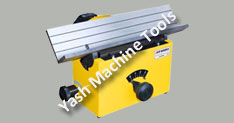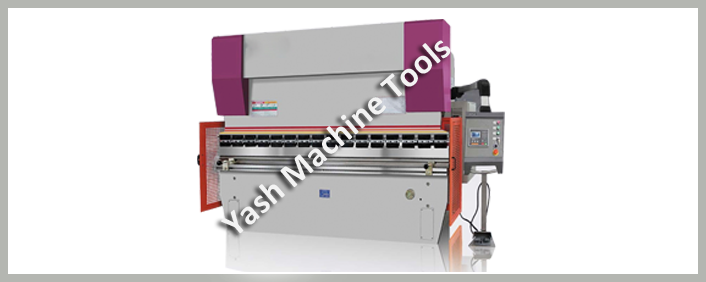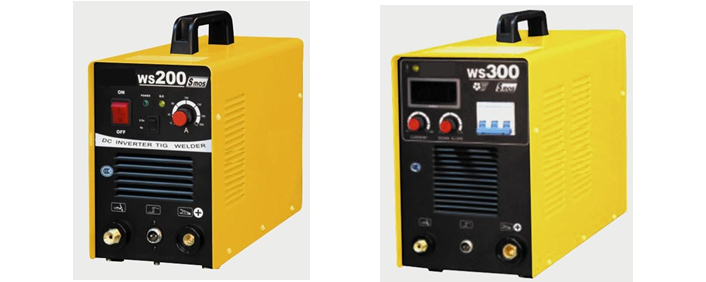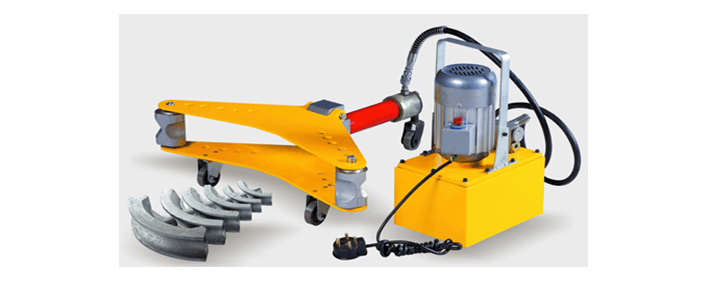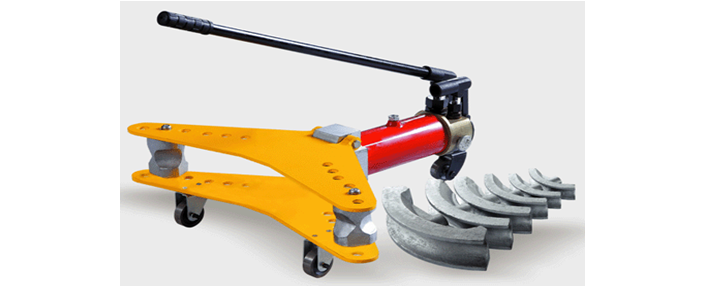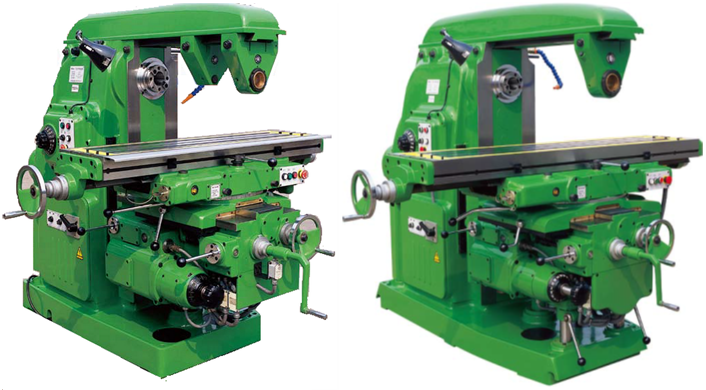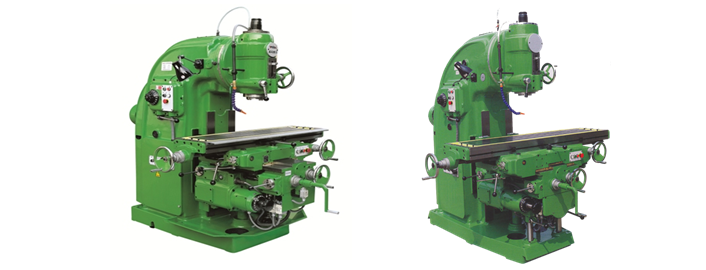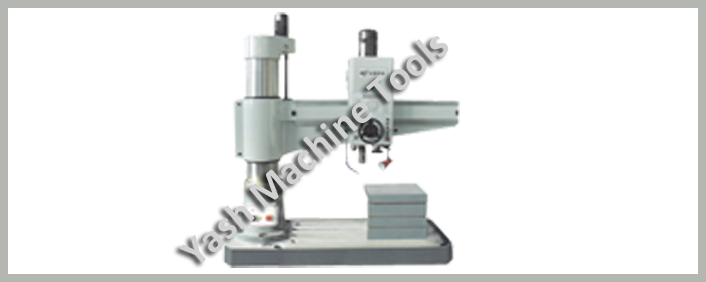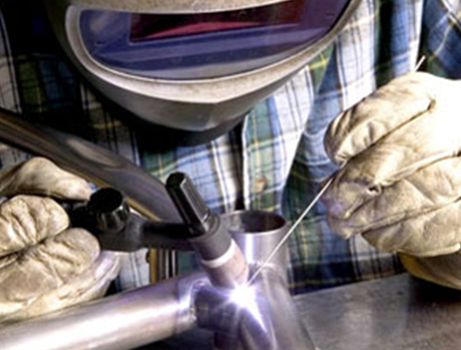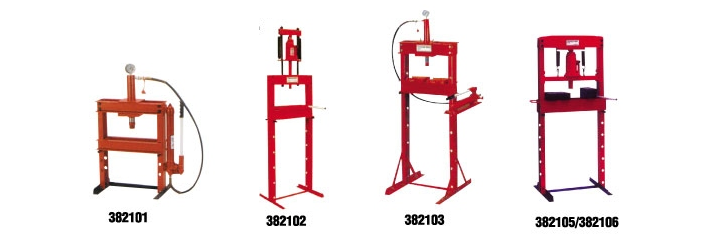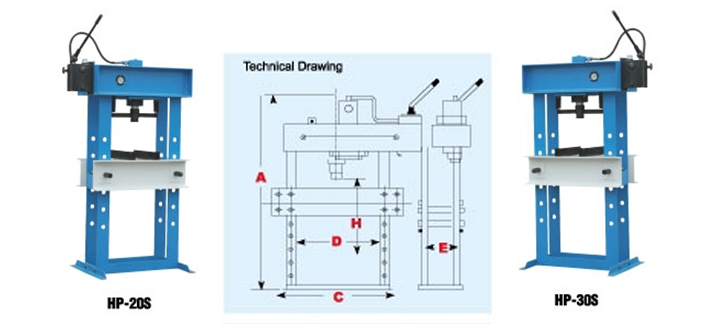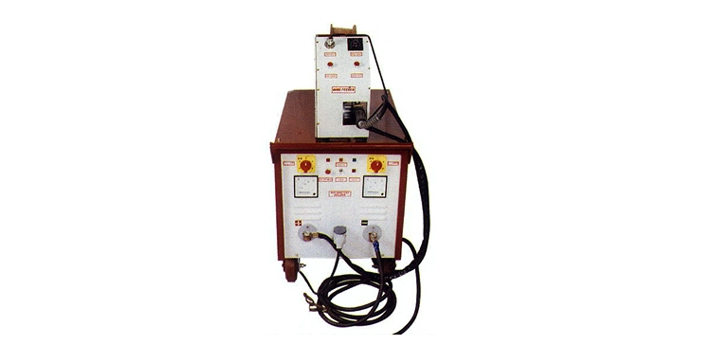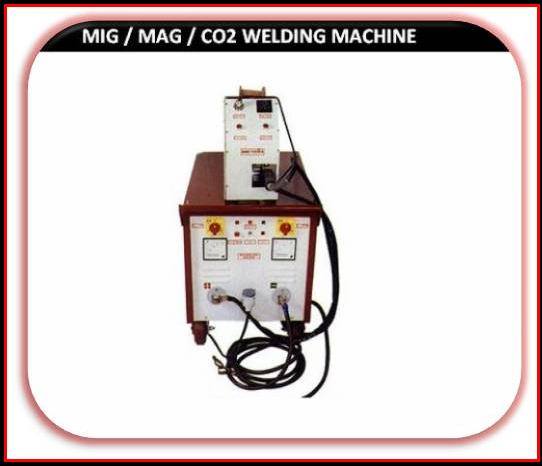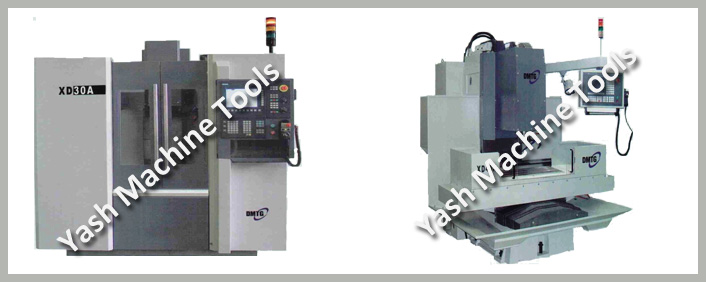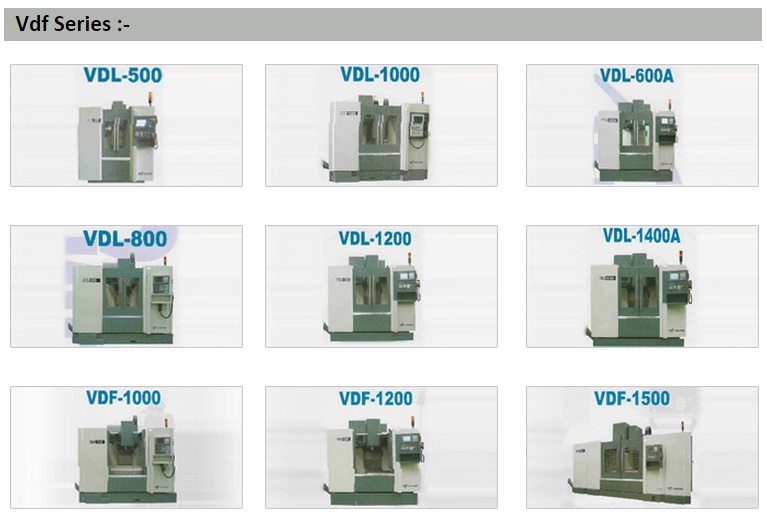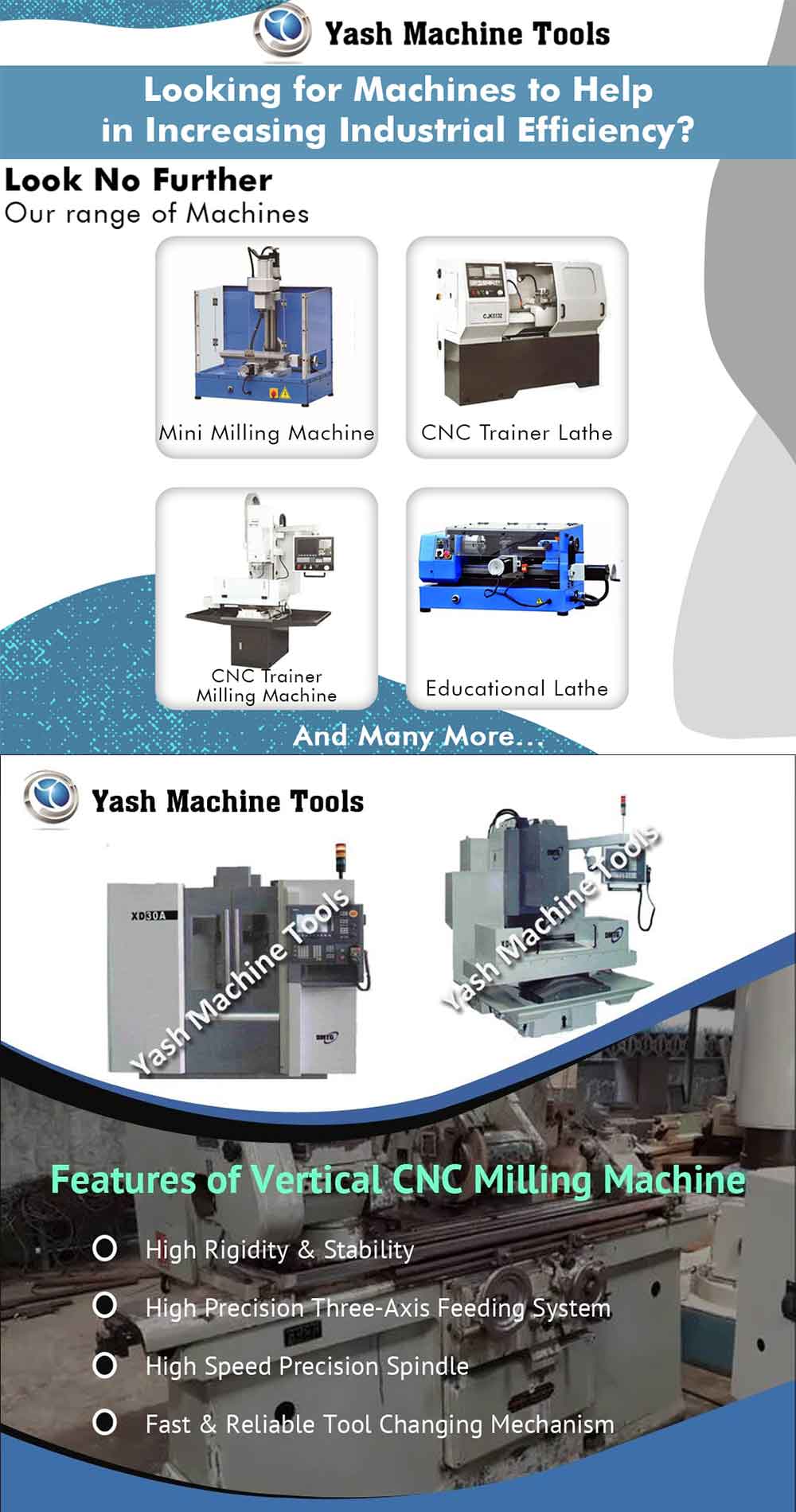Whenever you are making a bar, pallet or some other workpiece, you will need to chamfer it in order to prepare the ends for welding. This is done by using a Chamfer Machine. Chamfering can be done by hand or can also be automated.
What is the Use of Chamfering Machine?
Unlike a standard lathe, a chamfer machine is used to turn a workpiece in the form of a bar. It is faster than loading the bar into the lathe. The bar is turned into a round shape with a sharp edge at the end.
A chamfer is created when a tool bit is rotated in a direction at a 45-degree angle between two right-angled faces. Chamfers are often used on corners of long-edged plates or to clear other features on an adjoining part.
A chamfer can be used to ease sharp edges on a workpiece and facilitate the assembly of mechanical designs. They are particularly useful on hard materials and heavy assemblies. They also allow a weld to penetrate.
Chamfers are commonly used in carpentry, furniture, and in machining. They are also used in concrete formwork to facilitate assembly.
Why Chamfering is done to Prepare the Ends for Welding?
During the metalworking process, chamfering is the process of removing a small amount of material from a part. The chamfering can be done on the outside or the inside of a face. It can also be used to clear other features on the adjoining part.
The chamfer is also used to help assembly, as it can act as an alignment guide. It is often used to assist in assembling parts designed for interference fit.
Chamfers can be created on rods, pins, holes and corners. Chamfering can also be done on concrete formwork. In addition, chamfering is frequently used in carpentry, particularly in the design of furniture.
Chamfering can be a significant part of a mechanical engineering design, as it can help ease assembly. This is especially important in heavy assemblies.
Chamfering can be Automated
During the manufacturing process, chamfering can be automated. However, the chamfering process can be highly costly. It can also create a lot of dust. Chamfering can also be extremely labour intensive. Depending on the application, a chamfering machine can be expensive and require a long investment in programmers.
Chamfering can be automated by using a servo-motor to rotate the substrate during processing. Several other factors should be considered before choosing a chamfering machine. These factors include the versatility of the machine, its ability to create a consistent chamfer, and the amount of labour required. Ideally, an automated chamfering machine can be programmed to create an equidistant chamfer on each side of an intersection.
The preferred automated chamfer tooling apparatus includes a process pedestal, an enclosure surrounding the process pedestal, an air cylinder, and an air cylinder that pushes a substrate into the centring nest. The process pedestal is adapted to move the substrate to a position 36 inches above the substrate part plane.
Results of a Chamfering Machine
Using a chamfering machine is important in industrial manufacturing. It is a machine that is designed to create a bevel in the edges of a work piece, such as an aluminium, steel or nonferrous metal. Chamfering is a process that makes the ends of the work piece safer to handle. It can also be used to produce precision tubing.
Chamfering machines are available in a variety of designs and models. They can chamfer worm gears, spur gears, bevels, aluminium, steel plate and nonferrous metals. They can be used for both manual and automatic operation. They are also used for architectural products.
The Bottom Line
Using a chamfer machine is one of the tools used in the fabrication of pallets. The chamfer machine is powered by a horsepower motor. The machine features an adjustable angle of bevel. The machine also features optional features including compressed air to clean the pallet.



